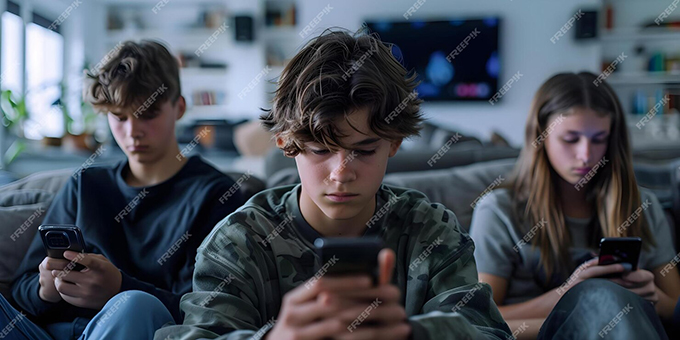
Adolescence, the stage in which we build and define our identity, was marked in previous decades by the presence of rites of passage and solid cultural references that helped young people find their place in the world. In some cultures, a young person had to spend a night alone in the forest, facing his fears, before being recognized as an adult; ceremonies were also organized to mark his transition to adult life.
These rituals not only gave them a place in the community, but also helped them understand who they were and what their role in the world was. In our environment, compulsory military service in Spain was a rite of passage that marked the end of childhood and the beginning of adult life for many young men; also, in various municipalities in the Pyrenees of Lleida, Huesca, Andorra and France, the “falles” were lowered , which served as a transition to adult life.
Today, these referents have been replaced by more fragmented and changing models (extension of education, job uncertainty, prolonged economic dependence and constantly changing personal and family relationships), which complicates the task of building a solid identity. As if that were not enough, digital technologies offer adolescents new channels of expression and connection, but they also introduce a series of challenges and risks that cannot be ignored.
Five hours a day connected
Excessive use of digital technologies has several negative consequences for adolescents, ranging from problems in academic performance to difficulties in social interaction. A significant proportion of adolescents spend more than five hours a day connected to digital devices, both during the week and on weekends. These are hours that are not dedicated to more traditional, in-person activities, such as spending time with friends, playing sports or enjoying nature.
The same report indicates that 65.1% of girls and 54.1% of boys sleep with their mobile phones in their rooms, and a significant number of them remain connected to the Internet after midnight. This behaviour not only affects their academic performance , but also their emotional well-being and family relationships.
Although less novel, video game addiction also affects emotional well-being and life satisfaction.
Finding moments and places to disconnect
One of the most effective strategies is to set clear limits on device usage time and find time for playing sports, reading books, or participating in artistic activities.
It’s about embracing the idea of “disconnecting to reconnect” as an important part of your daily routine: defining specific times during the day when you completely disconnect from digital devices. Not only does this allow you to take a break from the constant stimulation that comes from screens, but it also gives you the opportunity to reconnect with yourself and the people around you.
As a family, adults can openly discuss the negative effects that social media and video game abuse can have on their mental health and overall well-being. Teens need to understand that while technology can offer many opportunities, it also needs to be used in a conscious and balanced way to avoid its adverse effects.
Achieving balanced use
The key to minimising the risks and maximising the benefits lies in promoting a balanced and conscious use of technology. This involves not only setting clear limits on the use of devices, but also encouraging reflection, pause and disconnection in the daily lives of teenagers and the adults who live with them. These seconds are, after all, the reference for consolidating balanced patterns of use and enjoyment of digital technologies.
Parents and educators play a crucial role in this process. They must create the right conditions to encourage dialogue, calm and personal development in adolescents. This can include creating spaces for silence and contemplation: in many schools, a timetable is set aside for reading, and at home, analogous activities can be agreed upon for all family members, such as playing a board game or preparing a recipe.
These times of disconnection, alone or in a group, are essential to developing a solid and healthy identity in the digital age, which transcends the image and virtual interactions. It is not about rejecting technological advances and the enormous communication and growth advantages they offer, but rather about balancing our exposure to them to achieve comprehensive development.
Author Bio:Joan Tahull Fort is Professor of Sociology of Education at the University of Lleida